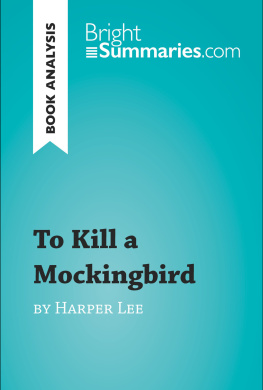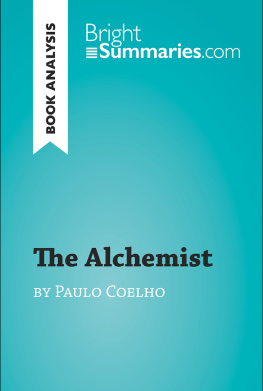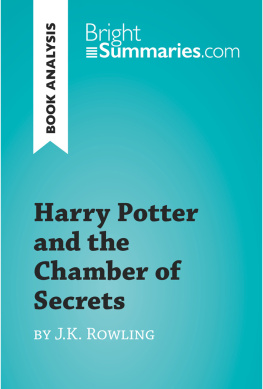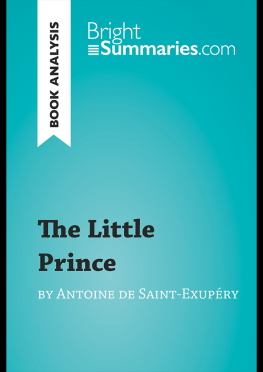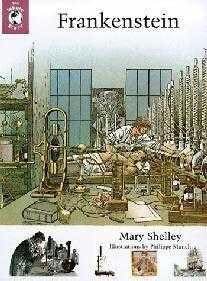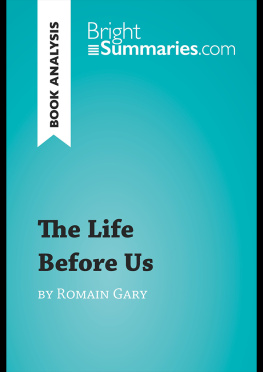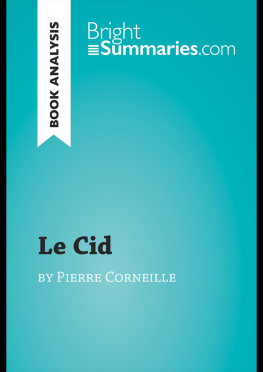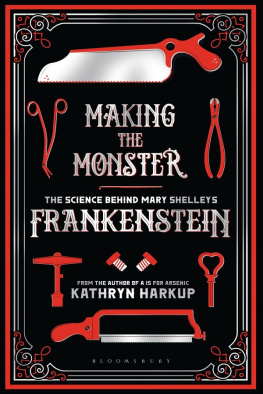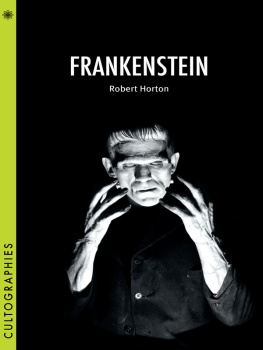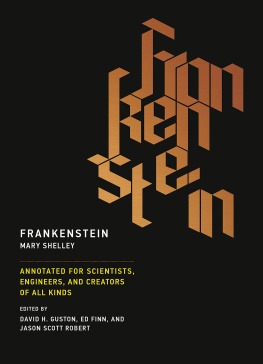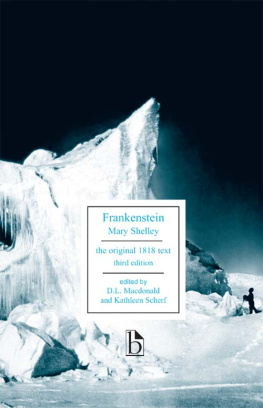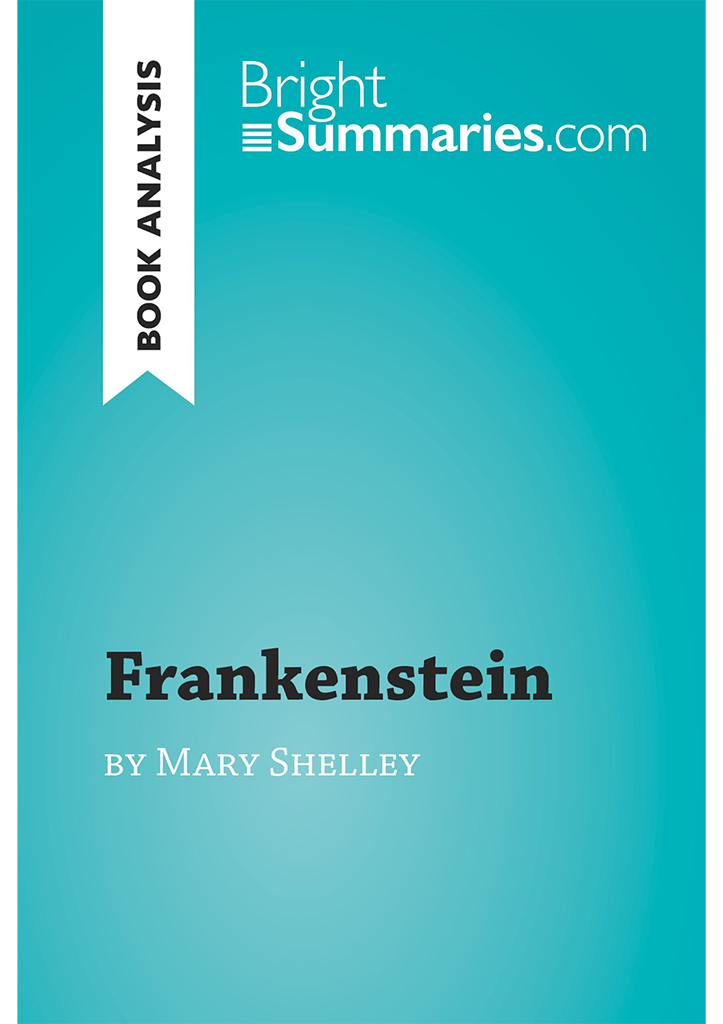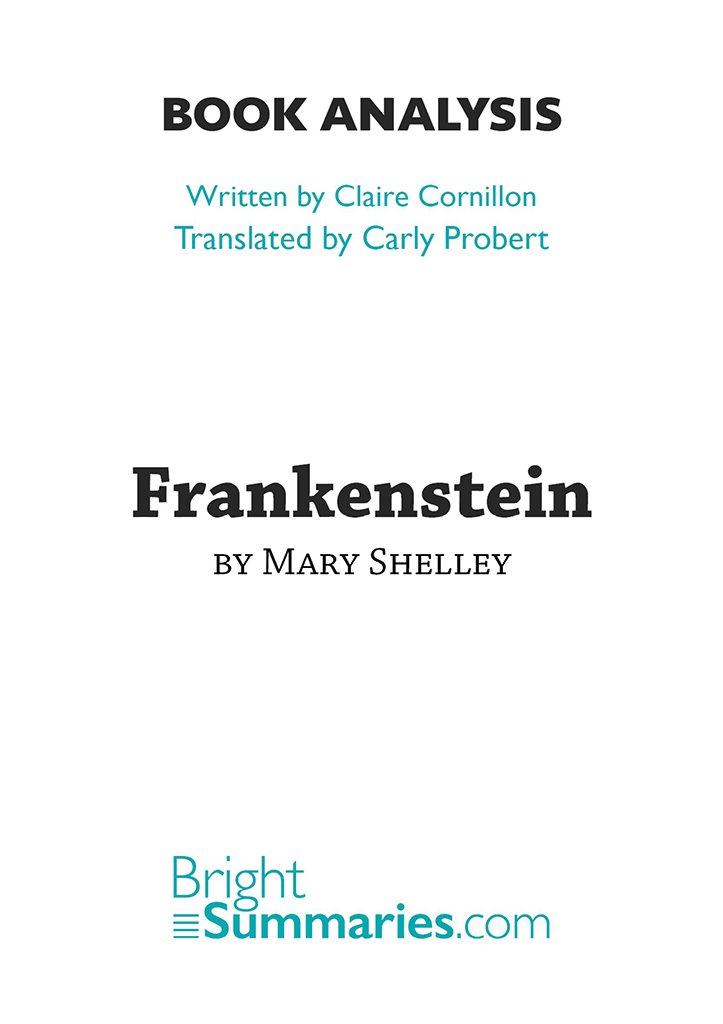Mary and Percy Shelley, Lord Byron and Dr. Polidori spent the summer of 1816 in a village close to Leman Lake and decided to each write a horror story: this is what prompted Mary Shelley to write Frankenstein: or, The Modern Prometheus .
The novel was published in 1818. It tells the story of the young Frankenstein and how he manages to discover the secret of life and create a being that he can animate. The creature is rejected by all, even by his creator. The work raises questions on the limits of science and the dangers facing humans who want to unravel the mysteries of nature.
Summary
Waltons letters
Robert Walton writes to his sister, Mrs. Saville, to tell her about the stages of his journey, first in Saint Petersburg, then Archangelsk (Russia). He is on the way to the North Pole aboard a boat. With his crew, he found and rescued a man from the cold. This man, who is, in fact, searching for man who is running away from him, tells his story to Walton who then transcribes it.
Victor Frankensteins narrative
Victor Frankenstein begins his story as follows: I am by birth a Genevese, and my family is one of the most distinguished of that republic (Chapter 1). His parents take in a child, Elizabeth, and adopt her. She falls ill, struck by scarlet fever, but she recovers. However, Victors mother, in caring for Elizabeth, also catches the fever and dies.
Victor leaves to study. He is passionate about the mystery of life and manages, after much research, to unravel it: After days and nights of incredible labor and fatigue, I succeeded in discovering the cause of generation and life; nay, more, I became myself capable of bestowing animation upon lifeless matter (Chapter 4). He then works to create a living being. When the creature wakes up, Victor Frankenstein flees in terror. Traumatized by the awakening of the creature, he is caught by a nervous fever and stays bedridden for two months. His friend, Henry Clerval, takes care of him.
Frankenstein learns from a letter from his father that his brother, William, has been murdered. He then returns to his family. Justine Morritz, a family friend, is accused of the murder, but Frankenstein believes he saw his creature in the area and concludes that he must be the real culprit. Justine is put on trial, condemned and executed. Frankenstein, who does not intervene, is overwhelmed by guilt.
He leaves to travel in the Alps and meets his creature there, with whom, for the first time, he exchanges a few words. The creature tells him what happened: he had to hide, rejected by all men because of his ugliness and the terror he caused among everyone he met. There was none among the myriads of men that existed who would pity or assist me; and should I feel kindness towards my enemies? No; from that moment I declared everlasting war against the species, and more than all, against him who had formed me and sent me forth to this insupportable misery (Chapter 16), the creature thinks. He then asks Frankenstein to create a companion who looks just like him, to which he agrees.
Victor and Elizabeth are to be married. Before then, Victor leaves for England with Clerval to gather the scientific information he needs to accomplish his task. But, in the end, Frankenstein decides not to create a second creature, frightened by the possible consequences of doing so. Therefore, he leaves once again by boat and arrives in Ireland. There, he is accused of murder and, to his horror, discovers that his friend Clerval has been killed. This is followed by two months of fever and delirium as a result of the discovery of his death. He is declared innocent. His father comes to find him and they leave together.
The wedding is fast approaching. But when Frankenstein had refused to create a companion for the creature, he had threatened him: This letter revived in my memory what I had before forgotten, the threat of the fiendI will be with you on your wedding-night! (Chapter 22). Elizabeth and Victor marry nonetheless and go to Lake Como, but Elizabeth is murdered. Returning to Geneva, Victor decides to look for the creature and destroy it. The search continues worldwide and eventually leads him to the North Pole, where he meets Walton.
A return to Waltons letters
As Walton and his crew decide to continue to England, Frankenstein dies, weakened by his search. The creature appears shortly after at his side and tells Walton that his path has now come to an end, since his creator is dead. After announcing his suicide, he flees.
Character study
Victor Frankenstein
Victor Frankenstein was born in Geneva to a wealthy family. As a child, he was passionate about the mysteries of the world and, through self-teaching, he tries to unravel them. At university, he discovers the science of his time and, fascinated, resumes his research. He wants to understand the secret to life and succeeds. In his narrative, he opposes his curiosity to the contemplative attitude of the woman he loves, Elizabeth:
While my companion contemplated with a serious and satisfied spirit the magnificent appearances of things, I delighted in investigating their causes. The world was to me a secret which I desired to divine. Curiosity, earnest research to learn the hidden laws of nature, gladness akin to rapture, as they were unfolded to me, are among the earliest sensations I can remember (Chapter 2).
Frankenstein is an ambivalent character who all the other characters describe as fascinating, but whose pride and curiosity come close to madness. Walton describes him in his letter:
I never saw a more interesting creature: his eyes have generally an expression of wildness, and even madness, but there are moments when, if anyone performs an act of kindness towards him or does him the most trifling service, his whole countenance is lighted up, as it were, with a beam of benevolence and sweetness that I never saw equaled. But he is generally melancholy and despairing, and sometimes he gnashes his teeth, as if impatient of the weight of woes that oppresses him (Letter 4).
Yet, this brilliant man abandons his recently born creature. His cowardice and inability to assume the consequences of his actions (due to his silence, Justine is executed) plunge him into an abyss of guilt. He discovers with horror that he has opened Pandoras Box: Alas! I had turned loose into the world a depraved wretch, whose delight was in carnage and misery; had he not murdered my brother? (Chapter 7). But things are not so simple and he is mistaken about the creatures nature.


